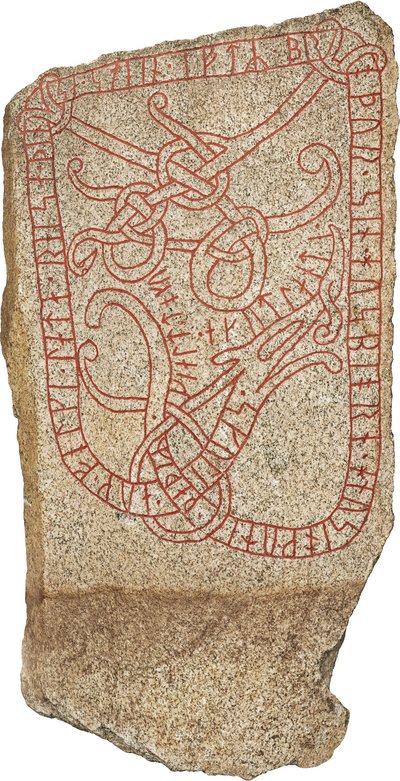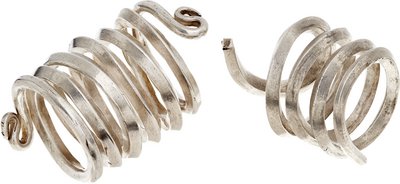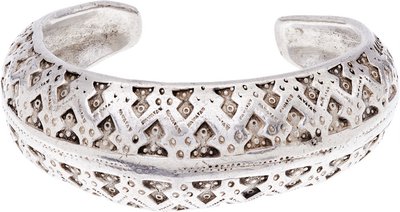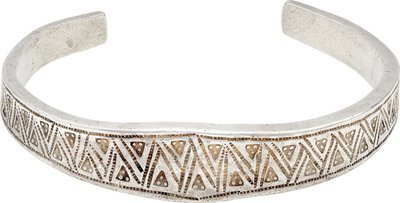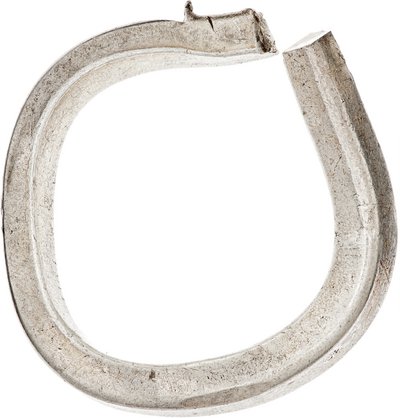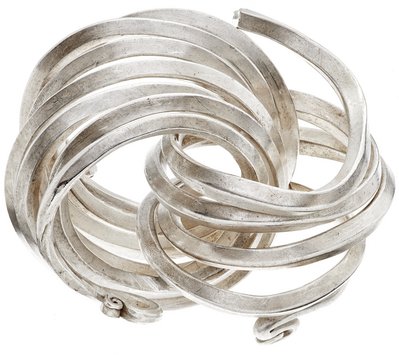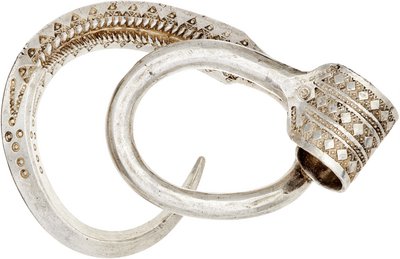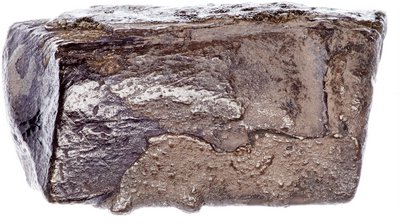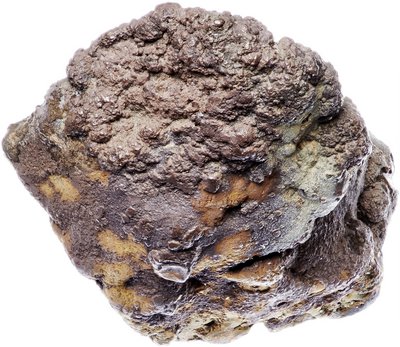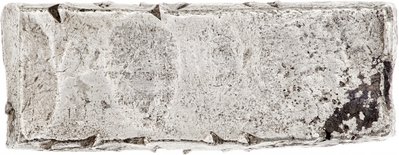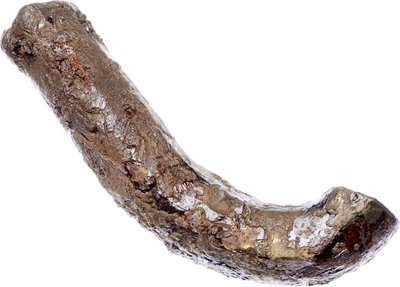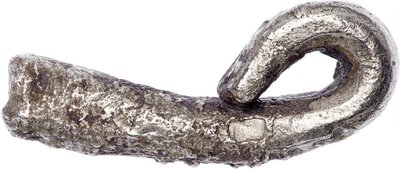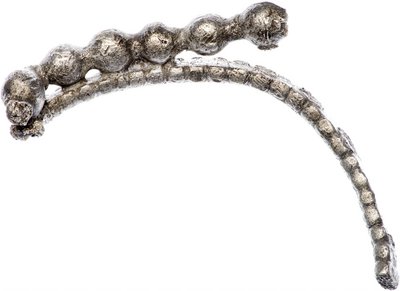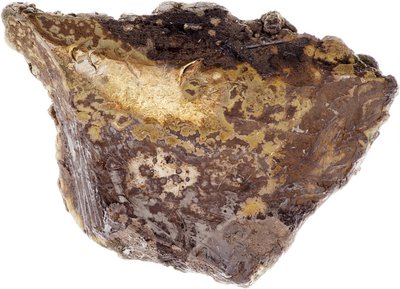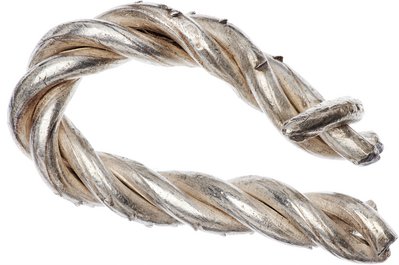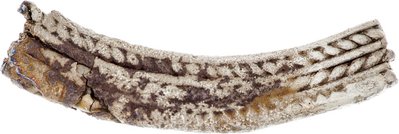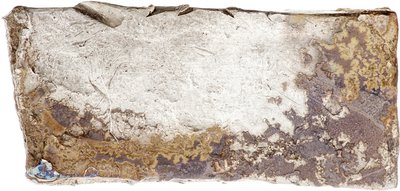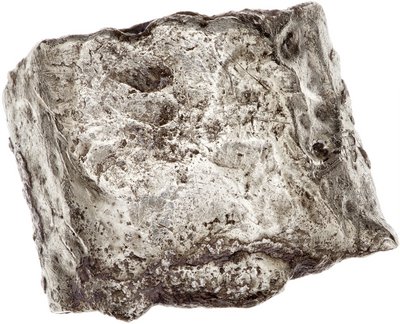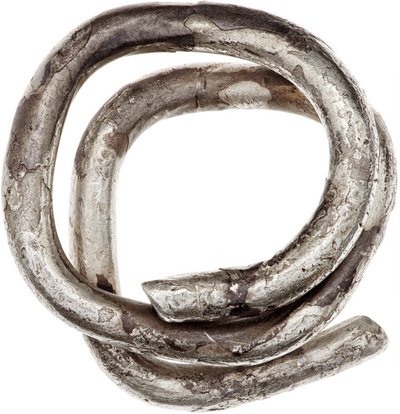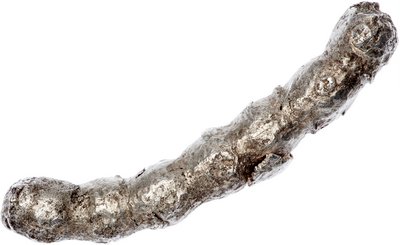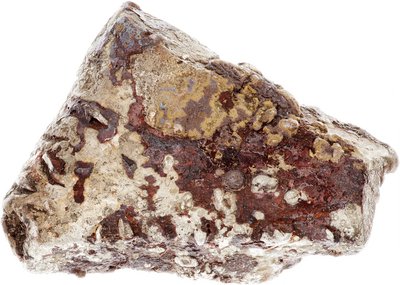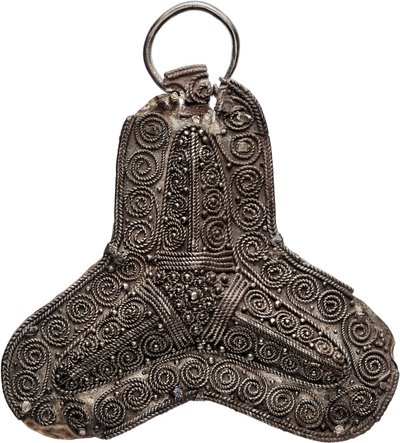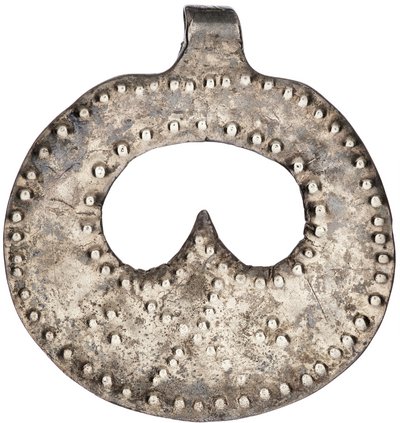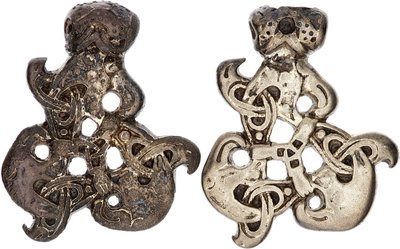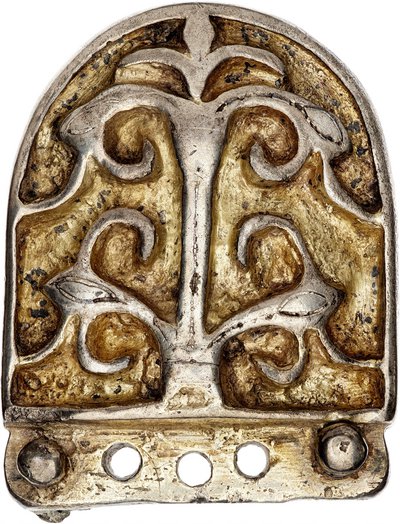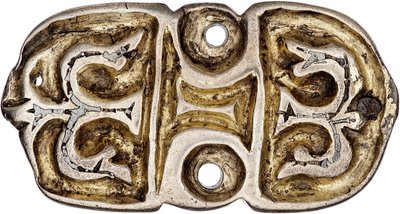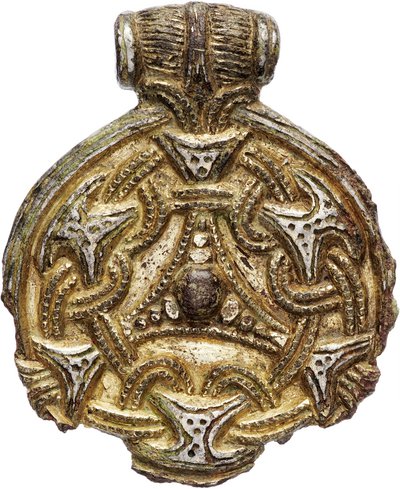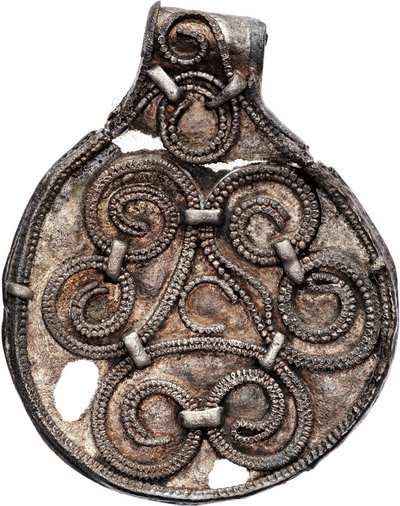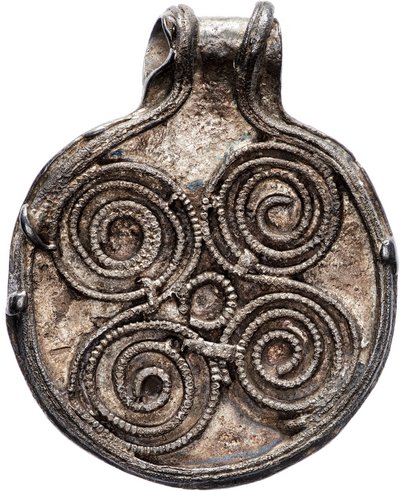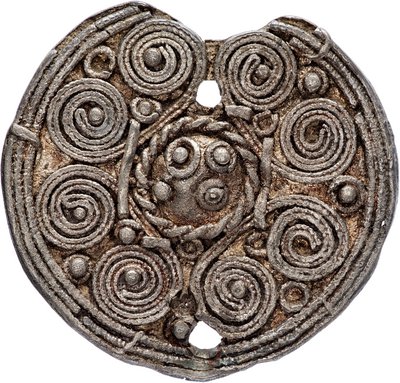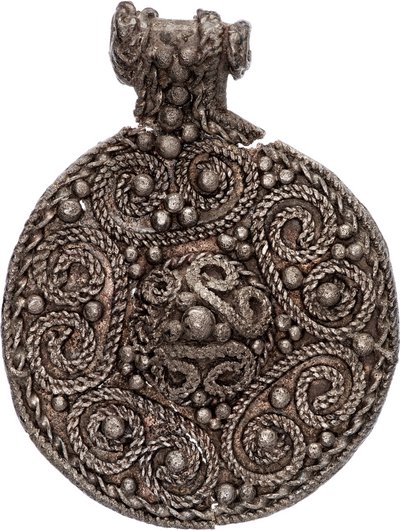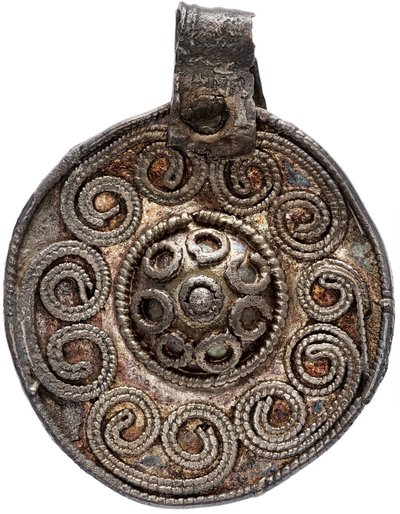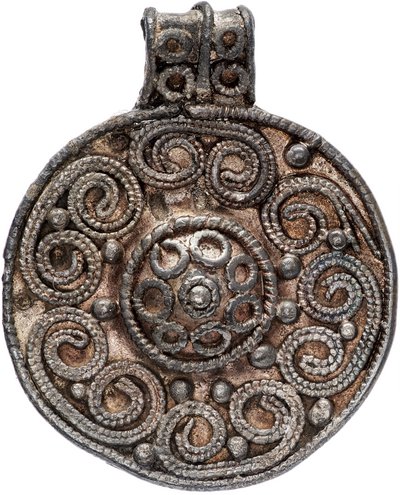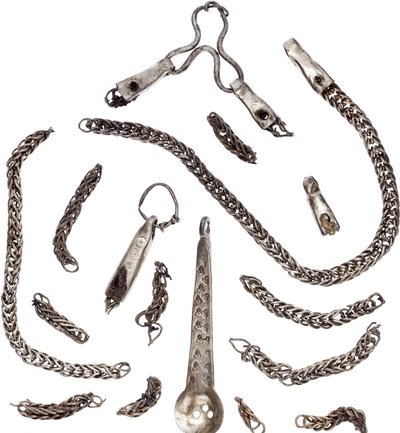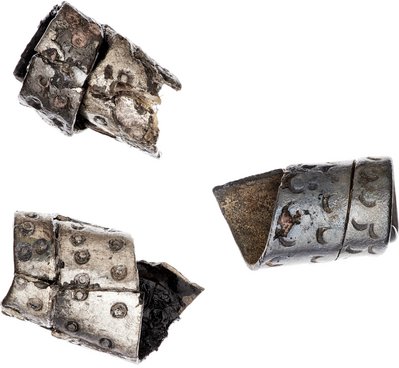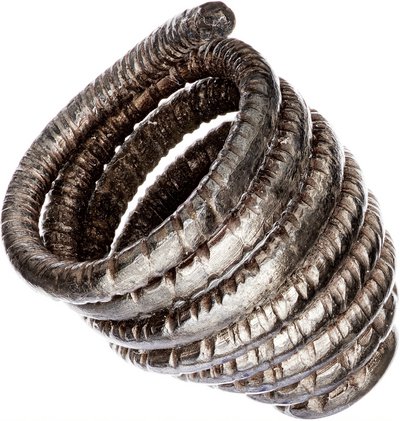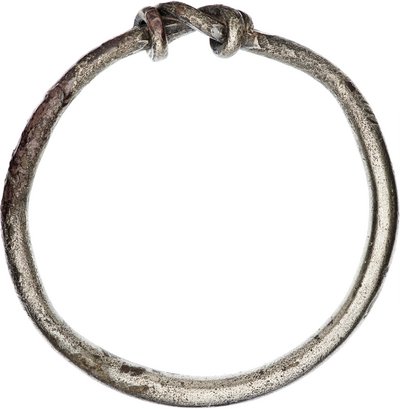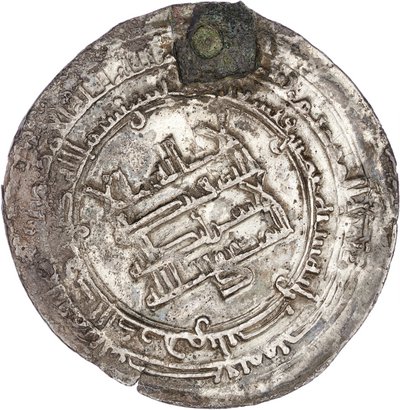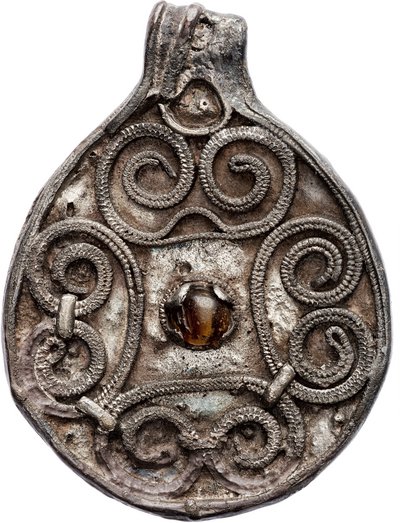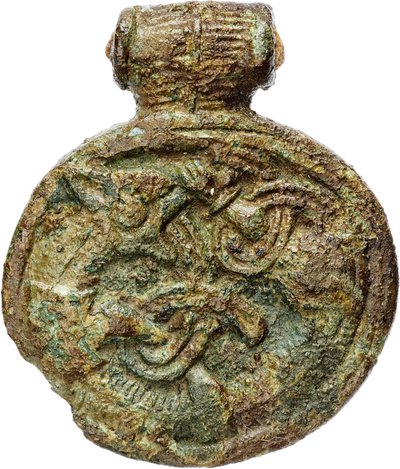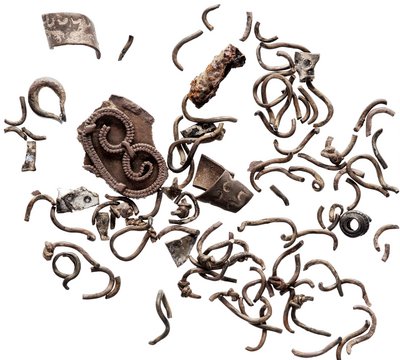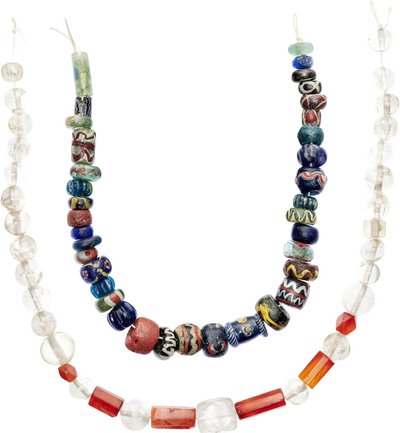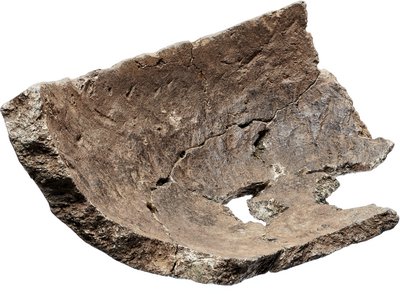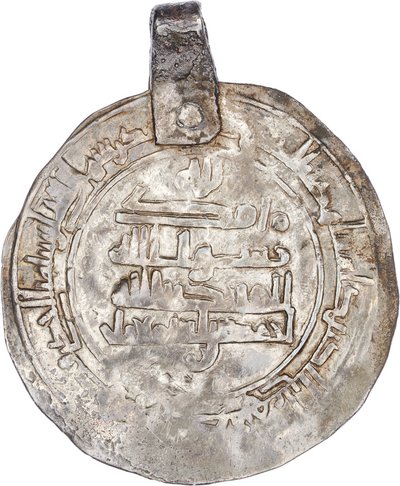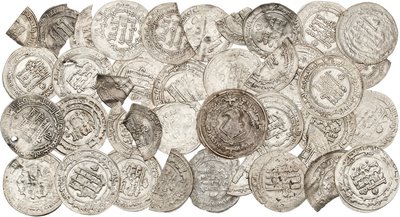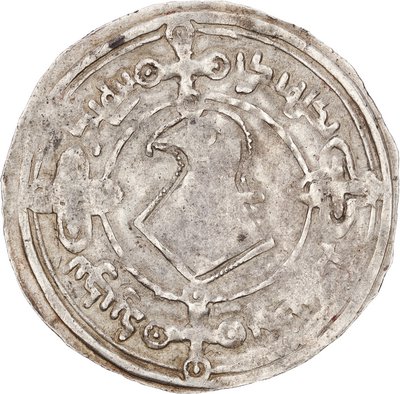Many forms of payment
Silver was used as a currency and could have many forms. These include jewellery, broaches, silver rods, silver pieces and other types of object.
A large portion of the silver used as currency consisted of imported coins. But there was no economy based on a standard currency.
The purity of the silver and how much it weighed decided its value when an item was purchased. One way of determining the authenticity and quality of the silver was to cut or “hack” into it. Coins and pieces of jewellery could also be cut up to adjust the value of the payment to the value of the merchandise. This practise is evident in the many finds of cut up coins and jewellery found in hoards.
Silver hoards hidden in the ground
The Viking Age is sometimes called a Nordic silver age. Silver was the dominant precious metal during the period. Gold, which had previously been more common, became rarer. A lot of imported silver was melted down and made into, for example, Scandinavian style jewellery. But large amounts of silver coinage, jewellery and raw material were buried and still remain under the ground.
The contents of the hoards vary. In some there are just coins, others combine coinage and silver jewellery, and some only contain jewellery. Most also contain some raw material, such as silver rods and cut-up objects.
A lot of hoards have been found on Gotland, and new ones are discovered each year. Those we know about are only a fraction of what was once hidden in the ground.
